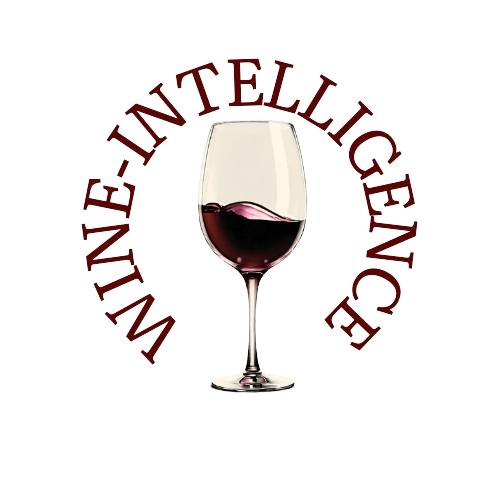As of May 31, 2025, Italian wine cellars held an impressive 46.6 million hectoliters of wine, according to data from the ICQRF (Central Inspectorate for the Protection of Quality and Fraud Repression of Agri-food Products).
This figure is essentially equal to the total wine production of the 2024–2025 wine-growing season, officially reported at 43.9 million hectoliters by Agea, the Agency for Agricultural Subsidies overseen by the Ministry of Agriculture.
While this data reflects stability in inventory and production levels, it raises concerns in an already fragile market context. The steady volumes don’t shift the structural imbalance affecting the sector, especially with the 2025 harvest drawing near and red wine producers in particular expressing unease. Several regions, including Piedmont and Puglia, are evaluating yield reduction strategies to avoid saturating a market already under pressure from slowing consumption and stockpiling.
Despite this tension, Italy continues to assert its dominance in the global wine landscape. According to Agea, the country is home to 528 PDO and PGI certifications, the highest in Europe, emphasizing Italy’s diversity and quality in wine production. The PGI sector accounts for 11.7 million hectoliters, while PDO wines represent 20.9 million hectoliters, showcasing the strength of geographical identity in Italian wine.
Another critical marker of Italy’s leadership is its 728,000 hectares of vineyards, cultivated with 80 native grape varieties—a level of biodiversity unmatched globally. In comparison, Portugal has 40 native grapes, while France and Spain each register only 15. This extensive varietal heritage is key to Italy’s continued relevance, offering unique wines rooted in regional identity and centuries-old traditions.
Agea emphasizes that Italy remains a global exception in a wine world facing multiple crises. Globally, many countries are grappling with declining production due to climate volatility, reduced vineyard area, and dwindling demand in key markets. Italy, however, is the only one among the world’s top seven wine producers to experience vineyard growth, a clear sign of its resilience and strategic adaptation.
Agea also underscores the importance of collaborative development and EU funding as strategic tools. “The ability to work together,” it states, “is where the opportunity for promoting the quality of Italian wine lies.” This approach is anchored in competitive dialogue, stakeholder engagement, data interoperability, technological integration, and simplified regulation, ensuring that Italy’s wine industry remains not only competitive but also innovative and future-ready.
As the 2025 harvest nears, the Italian wine sector finds itself at a crossroads: buoyed by structural strengths, yet cautious amid economic and environmental uncertainty. The focus now turns to responsible planning, targeted production, and high-value promotion—strategies that will determine whether Italy can maintain its leadership in a transforming global market.
Source: WineNews

